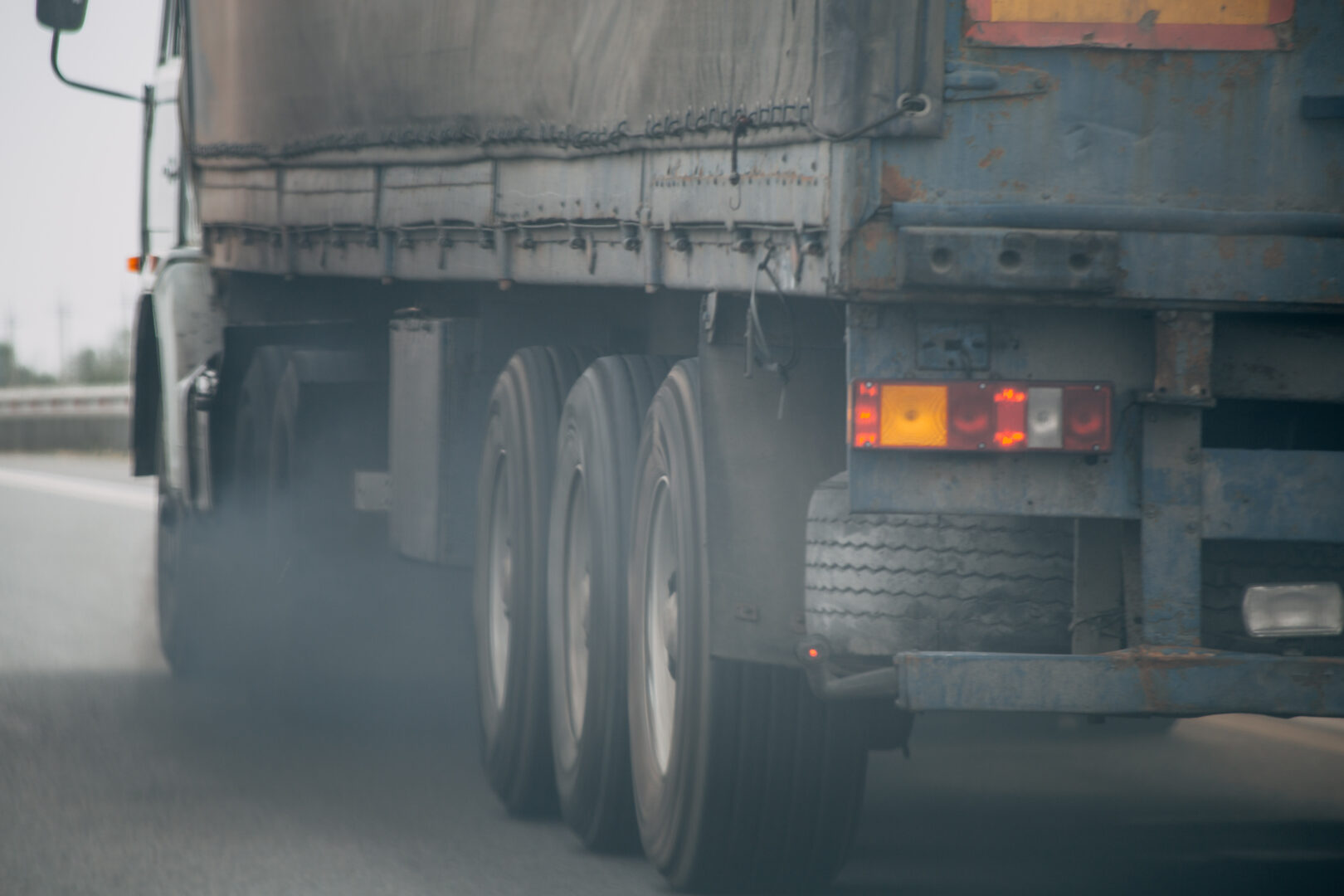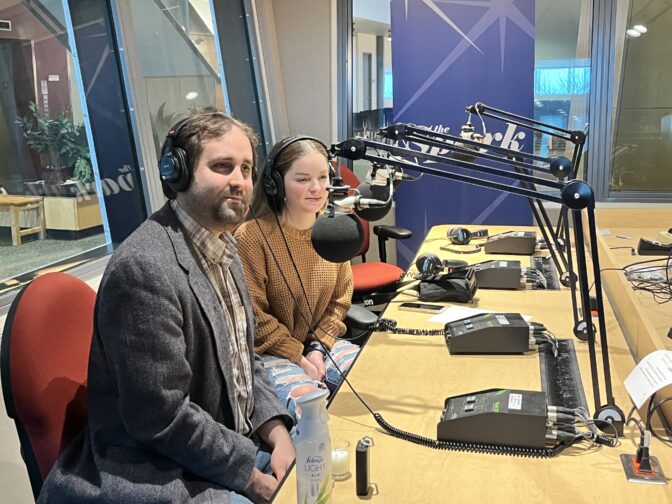
Air pollution from truck vehicle exhaust pipe on road, exhaust fumes concept

Air pollution from truck vehicle exhaust pipe on road, exhaust fumes concept

Air pollution from truck vehicle exhaust pipe on road, exhaust fumes concept
Aired; December 5th, 2023.
South Central Pennsylvania has some of the worst air pollution in the country.
That may come as a surprise to many when they compare a mostly rural area with lots of suburbs and a few small cities to large urban areas throughout the nation. But almost every measurement of air pollution over the last few years ranks the region or individual metropolitan areas like Lancaster and Harrisburg in the top 10 polluted places in the U.S.
Faculty and students at Millersville University are measuring and studying air quality in the in region. It’s a learning experience for the students but can tell us a lot about the air we breathe.

Dr. Greg Blumberg of Millersville University and Keelie Steiner, a senior at Millersville on The Spark December 5, 2023
On The Spark Tuesday, Dr. Greg Blumberg, an Assistant Professor of Meteorology in Millersville University’s Earth Sciences Department compared Central Pennsylvania’s topography with many hills and valleys to Thailand, which has the worst air quality in the world. He added that the air in Central Pennsylvania is nowhere near as bad, but the region’s topography is a factor in high levels of air pollution. On the program, Blumberg provided an analogy,”I often like to think about a pot of water or even kind of like waffles. When you’re looking at places that have terrain, when you’re talking about mountains and valleys, the air pollution can act a lot like syrup, where it just kind of falls down into the the valleys where the little divots are on a waffle. And so the Pennsylvania area has a lot of kind of these different valleys where you can get all that pollution settling down. And one of the things that allows air pollution to kind of intensify is if you’re not removing that air. And so if you have stagnant conditions where you don’t have very strong winds, the sun’s not up allowing some of those pollutants to get mixed, then these are the cases where you might see the air quality really get bad over time. And Pennsylvania kind of has a lot of the ingredients for that right now.”
There are several interstate and heavily traveled highways in our region and Blumberg indicated the vehicle traffic in Central Pennsylvania is a significant contributor to particle or soot pollution.
Keelie Steiner, a senior meteorology major at Millersville studies air quality and appeared on The Spark. She described how a changing climate could make air pollution worse,”Some of these traffic admissions that we’re steadily studying react very well in warmer temperatures. So, for example, ozone, which is something in the stratosphere. So, our ozone layer that protects us from those harsh UV rays coming from the sun. However, once ozone finds its way down the troposphere, that’s something you don’t want to be inhaling. So, over the wintertime, those cooler temperatures, those ozone levels aren’t going to be as high because that ozone, the chemical bonds aren’t breaking and reproducing as frequently. However, once you get to the summer with warmer temperatures, it becomes a rapid reproduction of ozone. So now you have large amounts of ozone finding itself down at the surface level that people are breathing in, and that has relation to some respiratory and cardiovascular issues.”
The days of journalism’s one-way street of simply producing stories for the public have long been over. Now, it’s time to find better ways to interact with you and ensure we meet your high standards of what a credible media organization should be.